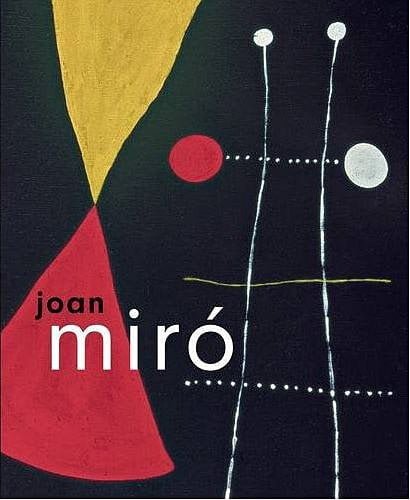Joan Miro
R400
Joan Miro’s paintings are among the most widely recognized of any modern artist, reproduced everywhere from books to t-shirts and Spanish tourist posters. While he is most often seen as a surrealist or a post-war abstract painter, terms he rejected, this book brings new insights into Miro’s work by framing it in the context of the turbulent times in which he lived.
In stock
Description
Joan Miro’s paintings are among the most widely recognized of any modern artist, reproduced everywhere from books to t-shirts and Spanish tourist posters. While he is most often seen as a surrealist or a post-war abstract painter, terms he rejected, this book brings new insights into Miro’s work by framing it in the context of the turbulent times in which he lived. Miro’s contemporary Picasso left Spain, promising never to return under a Fascist government. In contrast, Miro chose internal exile, removing himself to the island of Mallorca, a decision that has led to him being viewed as a less politically committed artist. This book challenges that impression by focusing on Miro’s politically engaged works, from the rural, anarchist tradition and strong Catalan nationalism reflected in early paintings “The Farm” and “Head of a Catalan Peasant”, through to the triptych “The Hope of a Condemned Man”, painted in 1974, by which he publicly declared his opposition to Franco. Drawing on new scholarship from an international range of experts, and accompanying the first exhibition in Britain for nearly half a century to show work from throughout Miro’s career, “Joan Miro: The Ladder of Escape” throws new light on the life and career of one of the greatest artists of the 20th century.
Additional information
| Date Published | 2011 |
|---|---|
| Publisher | |
| Language | English |
| Specifications | Softcover,29×24,5cm,240pp |


